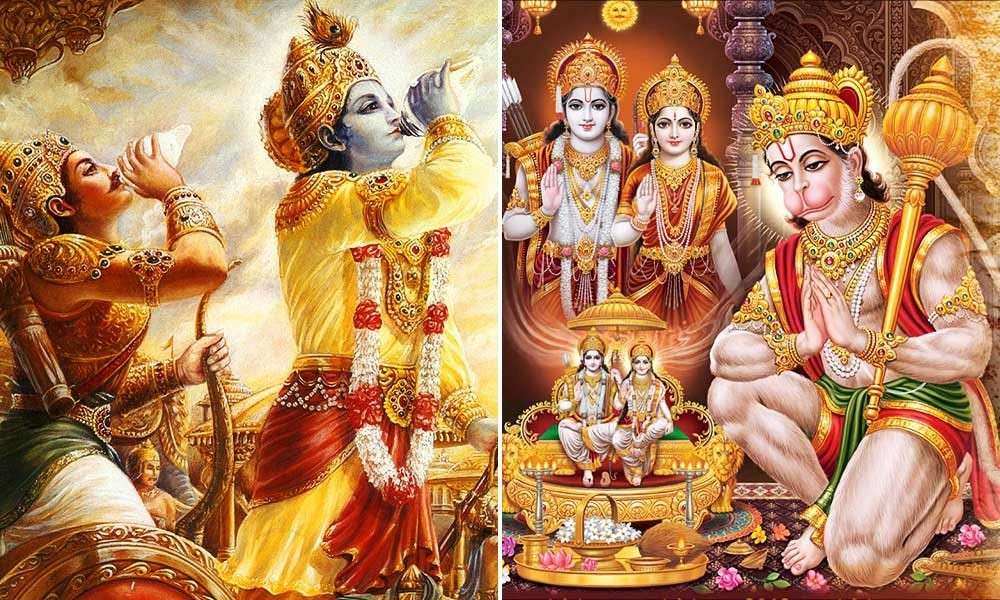The Rich Tradition of Indian Epics: Ramayana and Mahabharata
- indigenousartsfoundation
- May 17, 2024

t
he Ramayana and Mahabharata, two ancient Indian epics, are central to the country’s literary and spiritual heritage, embodying values, ethics, and philosophical wisdom, and their timeless significance in Indian culture is celebrated.
- Origins and Composition
The Ramayana and the Mahabharata are among the oldest and most revered epics in world literature. Composed in Sanskrit, these texts are attributed to ancient sages who wove together oral traditions into coherent, expansive narratives.
The Ramayana, traditionally attributed to the sage Valmiki, is believed to have been composed around the 5th to 4th century BCE. Spanning seven books (Kandas) and approximately 24,000 verses, it chronicles the life of Prince Rama of Ayodhya, his exile, the kidnapping of his wife Sita by the demon king Ravana, and his eventual triumph and return.
The Mahabharata, attributed to the sage Vyasa, is even larger, consisting of around 100,000 verses divided into 18 books (Parvas). Its composition likely spanned several centuries, achieving its final form around the 4th century BCE to the 4th century CE. The Mahabharata centers on the Kurukshetra War between the Pandavas and the Kauravas, exploring themes of duty, righteousness, and the complexities of human nature.
- Themes and Moral Lessons
Both epics delve deeply into themes of dharma (duty/righteousness), loyalty, sacrifice, and the eternal battle between good and evil.
The Ramayana, a epic, exemplifies virtue, righteousness, purity, devotion, and loyalty, emphasizing dharma, honor, and ethical responsibilities among its ideal characters.
The Mahabharata explores dharma through moral dilemmas, complex characters, and philosophical discourses, addressing duty, righteousness, spiritual enlightenment, power, justice, and greed and ambition.
- Enduring Legacy
The Ramayana and the Mahabharata are dynamic texts that continue to evolve and resonate with contemporary audiences. They have been translated into numerous languages and adapted into various modern forms, including television series, movies, and graphic novels, ensuring their relevance to new generations.
“Indigenous dances are not merely performances but sacred rituals that connect us to the heartbeat of the earth.”
The enduring legacy of these epics lies in their ability to address universal human concerns and ethical dilemmas. They remind us of the timeless quest for meaning, justice, and righteousness. As we navigate the complexities of modern life, these ancient stories offer valuable insights and guidance, reinforcing the idea that the wisdom of the past can illuminate our path forward.
The Ramayana and Mahabharata, India’s literary and cultural epics, inspire, educate, and unite people across time, language, and geography. As an art foundation, they connect with India’s rich tradition, inspiring future artistic endeavors and preserving its values and ideals.






